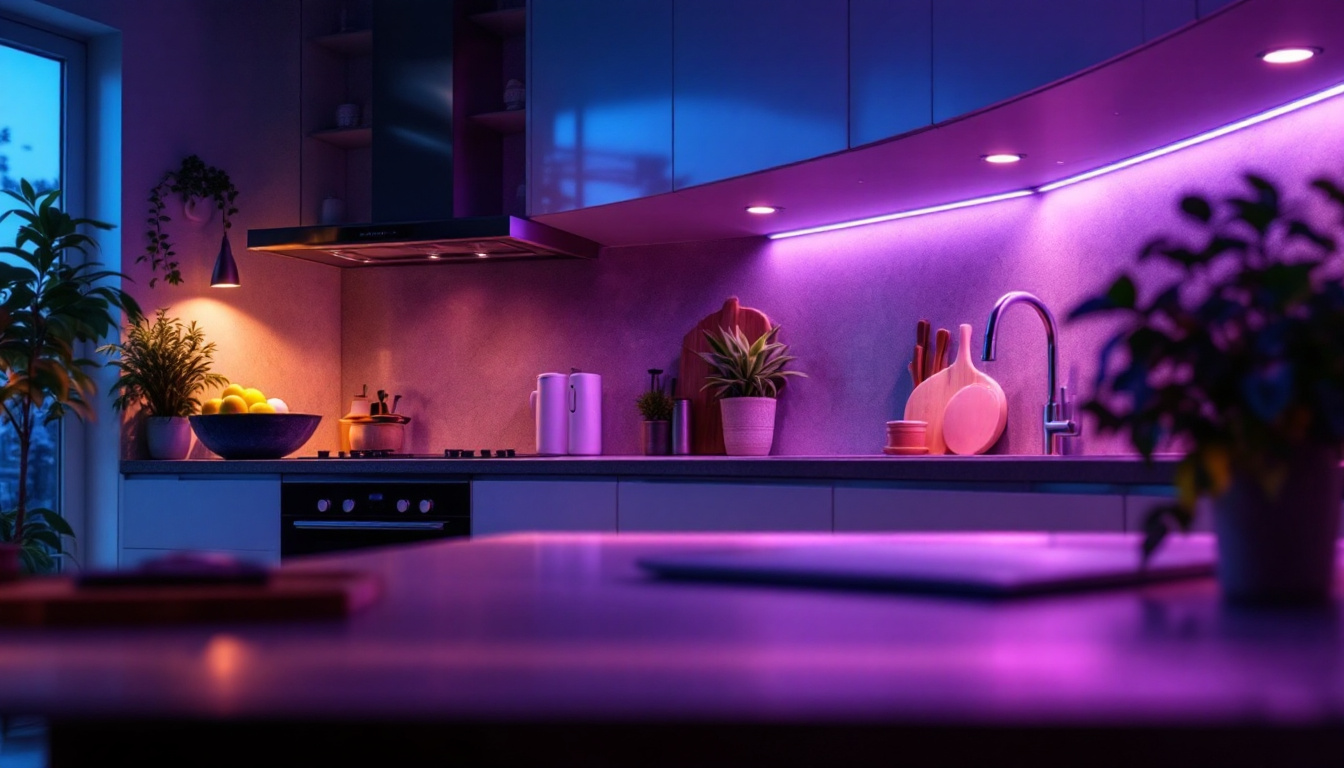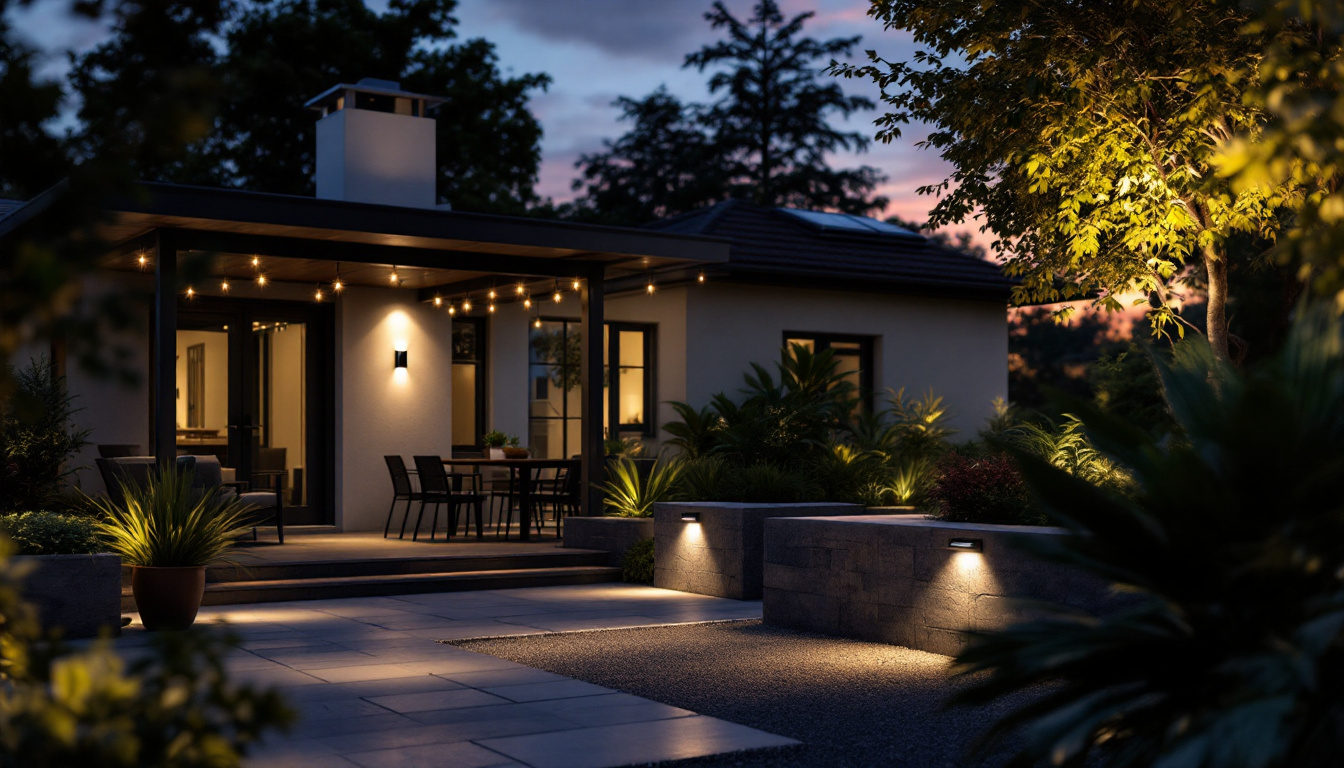

Under counter LED lighting has become an essential component in modern residential and commercial spaces. As a lighting contractor, understanding the nuances of under counter LED systems can significantly enhance your service offerings and improve client satisfaction. This article will explore the key facts about under counter LED lighting, covering installation, benefits, design considerations, and maintenance tips.
Under counter LED lighting refers to light fixtures installed beneath cabinets, countertops, or shelves. This type of lighting serves both functional and aesthetic purposes, illuminating workspaces while adding a touch of style to interiors. The technology behind LED lighting has evolved, offering energy-efficient solutions that meet the demands of contemporary design. In addition to kitchens, under counter LED lighting is increasingly being used in home offices, workshops, and retail environments, enhancing visibility and creating inviting atmospheres.
LEDs, or Light Emitting Diodes, are favored in under counter applications for several reasons. First, they are energy-efficient, consuming significantly less power than traditional incandescent or fluorescent bulbs. This efficiency translates to lower electricity bills for homeowners and businesses alike. Furthermore, the reduced heat output of LEDs minimizes the risk of overheating, making them a safer choice, especially in enclosed spaces.
Additionally, LEDs have a longer lifespan, often exceeding 25,000 hours of use. This longevity reduces the frequency of replacements, making them a cost-effective option in the long run. Their compact size also allows for versatile installation options, fitting into tight spaces where traditional bulbs may not be feasible. As a bonus, many LED fixtures are now available with dimming capabilities, allowing users to adjust brightness levels according to their needs, which can be particularly useful for creating ambiance during social gatherings or intimate dinners.
There are various types of under counter LED fixtures available, each designed to meet specific needs and preferences. The most common types include LED strips, puck lights, and linear fixtures. Each type offers unique advantages that can enhance the overall functionality of a space.
LED strips are flexible and can be cut to length, making them ideal for custom installations. They provide a continuous line of light, perfect for illuminating long countertops or shelves. Puck lights, on the other hand, are small, round fixtures that can be strategically placed to create focused lighting in specific areas. These are particularly effective for highlighting decorative elements or food displays. Linear fixtures offer a sleek, modern look and are often used in contemporary kitchen designs. Some linear options even come with integrated sensors that can automatically turn the lights on and off based on motion, adding a layer of convenience for busy kitchens.
When installing under counter LED lighting, several factors must be taken into account. Proper placement is crucial to ensure even illumination without creating harsh shadows. It is generally recommended to position the lights 2 to 4 inches from the front edge of the counter for optimal effect. This positioning not only enhances visibility but also helps to create a visually appealing glow that enhances the overall design of the space.
Wiring is another important consideration. Depending on the complexity of the installation, contractors may need to run electrical wiring through cabinets or walls. Ensuring that the wiring is concealed and meets local electrical codes is essential for safety and aesthetics. Additionally, it’s wise to consider the use of plug-in options for those who may want to avoid hardwiring altogether. With advancements in battery technology, there are now wireless LED options available that can be easily installed without the need for professional help, making under counter lighting more accessible than ever.
Incorporating under counter LED lighting offers numerous benefits that extend beyond mere aesthetics. These advantages can significantly impact the overall functionality and ambiance of a space.
One of the primary benefits of under counter LED lighting is improved visibility in work areas. Whether in a kitchen, workshop, or office, adequate lighting is essential for performing tasks safely and efficiently. Under counter lights illuminate countertops, making it easier to prepare meals, read, or work on projects. This enhanced visibility not only aids in precision tasks like chopping vegetables or assembling intricate models but also reduces the risk of accidents, such as cuts or spills, which can occur in poorly lit environments.
As previously mentioned, LEDs are highly energy-efficient. This efficiency not only reduces energy consumption but also translates to lower utility bills. For clients looking to minimize their environmental footprint, under counter LEDs provide a sustainable lighting solution. Furthermore, the ability to dim many LED fixtures allows for even greater control over energy use, enabling users to adjust brightness according to their needs and the time of day, further enhancing energy savings.
Moreover, the long lifespan of LED fixtures means fewer replacements, resulting in additional savings over time. This cost-effectiveness can be a strong selling point for contractors when discussing options with clients. The durability of LEDs also means they are less likely to break or fail, making them an ideal choice for high-traffic areas where traditional bulbs might struggle to keep up. Additionally, the reduced heat output of LEDs contributes to a cooler environment, which can be particularly beneficial in small spaces or during hot weather.
Under counter LED lighting adds a modern touch to any space. The soft glow created by these fixtures enhances the overall ambiance, making areas feel more inviting. Whether used in kitchens, bathrooms, or retail environments, under counter lighting can highlight design features and create a warm, welcoming atmosphere. The versatility of LED colors allows homeowners to customize their lighting to match their decor or mood, from bright white for a clean, contemporary look to warmer tones that evoke a cozy, relaxed vibe.
In addition to their functional benefits, under counter LEDs can serve as a design statement in themselves. By strategically placing these lights, homeowners can draw attention to specific elements such as backsplashes, artwork, or architectural details, creating visual interest and depth in a room. With the advent of smart home technology, many under counter LED systems can now be controlled via smartphone apps or voice commands, allowing users to easily change colors, brightness, and even lighting patterns to suit different occasions, further enhancing their aesthetic appeal.
When planning under counter LED installations, design considerations play a crucial role in achieving the desired outcome. The choice of fixtures, color temperature, and installation techniques can all influence the final result.
Selecting the appropriate fixtures for under counter lighting is essential. Contractors should consider the style of the space and the specific needs of the client. For instance, a modern kitchen may benefit from sleek linear fixtures, while a traditional space might be better suited to puck lights.
Additionally, the brightness of the fixtures should match the intended use of the space. For task-oriented areas, brighter lights may be necessary, while ambient lighting can be softer and more diffused.
The color temperature of LED lights can significantly affect the mood of a space. Warmer color temperatures (2700K to 3000K) create a cozy atmosphere, ideal for residential settings. Cooler temperatures (4000K to 5000K) are often preferred in commercial spaces, providing a more energetic and focused environment.
Brightness is measured in lumens, and selecting the right lumen output is crucial for effective lighting. Contractors should assess the size of the area being illuminated and the desired level of brightness to ensure optimal functionality.
Proper installation techniques are vital for achieving the best results with under counter LED lighting. Ensuring that fixtures are level and securely mounted will prevent issues such as flickering or uneven lighting. Additionally, using appropriate mounting hardware and following manufacturer guidelines will enhance the longevity of the installation.
It is also important to consider dimming options. Many LED fixtures are compatible with dimmer switches, allowing clients to adjust the brightness according to their needs. This flexibility can enhance the user experience and contribute to energy savings.
While under counter LED lighting is generally low-maintenance, occasional upkeep is necessary to ensure optimal performance. Understanding common issues and their solutions can help contractors provide better service to clients.
Dust and grime can accumulate on LED fixtures, diminishing their brightness and efficiency. Regular cleaning is essential to maintain optimal performance. Contractors should advise clients on the best cleaning methods, which typically involve using a soft cloth and mild cleaning solutions.
Flickering or dimming lights can be a sign of a problem within the electrical system. Contractors should check the connections and wiring to ensure they are secure and functioning correctly. If the issue persists, it may be necessary to replace the LED driver or consult with an electrician to assess the overall electrical system.
While LEDs have a long lifespan, they may eventually require replacement. Contractors should educate clients on the signs that indicate it’s time for a replacement, such as significant dimming or color changes. Additionally, advancements in LED technology may present opportunities for upgrades, providing clients with even more energy-efficient and aesthetically pleasing options.
Under counter LED lighting is a vital aspect of modern lighting design, offering both functionality and style. For lighting contractors, understanding the essential facts about these systems can lead to improved service and satisfied clients. By focusing on installation techniques, design considerations, and maintenance practices, contractors can ensure that their under counter LED projects are successful and meet the diverse needs of their clientele.
As the demand for energy-efficient and aesthetically pleasing lighting solutions continues to grow, staying informed about the latest trends and technologies in under counter LED lighting will be crucial for contractors looking to thrive in this competitive industry.
Ready to elevate your lighting projects with the best under counter LED solutions? Look no further than LumenWholesale. Our commitment to quality and affordability ensures you have access to the finest spec-grade lighting products at wholesale prices. Say goodbye to local distributor markups and hello to a vast selection of industry-standard lighting that will make your installations shine. Plus, with free shipping on bulk orders, you can stock up on premium lighting without worrying about extra costs. Don’t compromise on quality or value—choose LumenWholesale for your next project. Discover our unbeatable deals and enhance your lighting expertise today by visiting Wholesale Lighting at the Best Value.

Discover how solar flood lighting is revolutionizing outdoor illumination, offering sustainable and efficient solutions for modern needs.

Discover the insider secrets of lighting contractors as they unveil the top vapor light manufacturers revolutionizing the industry.

Explore the advantages and drawbacks of strip light attachments for lighting contractors.

Discover essential tips and common pitfalls for lighting contractors when installing ceiling mounted light fixtures.
Get notified when NEW deals are released.
Optimize your budget with wholesale discounts.
Only top-quality, specification-grade lighting products.
No additional costs at checkout - what you see is what you pay.
We understand the unique needs of contractors.